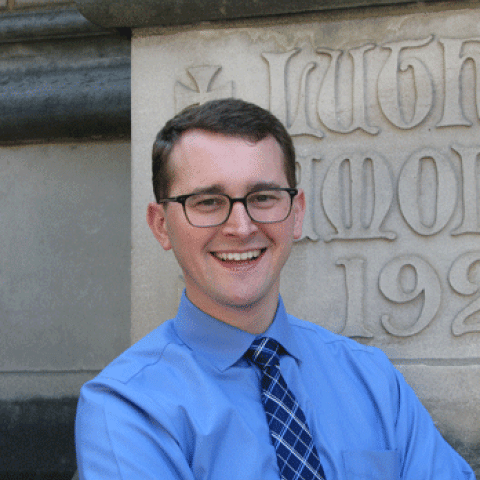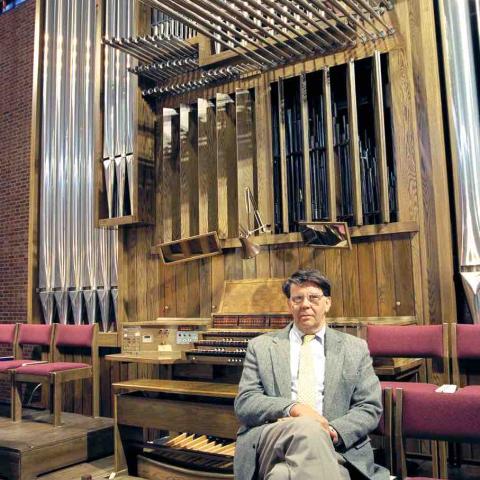
Andrew Schaeffer is appointed director of music at Luther Memorial Church, Madison, Wisconsin, effective December 1. He succeeds Bruce A. Bengtson, who retired after forty years of service to the congregation (see October 2018 issue, p. 8).
A Chicago native, Schaeffer holds degrees from St. Olaf College and Yale University and is currently a doctoral candidate at the University of Oklahoma. He vacates a similar position at First United Methodist Church of Edmond, Oklahoma.
At Luther Memorial, Schaeffer will direct the children’s, youth, and adult choirs, and serve as principal organist. The church, located adjacent to the University of Wisconsin contains three pipe organs: 1987 Bedient (I/3); 1893 J. W. Steere and Son (II/19); and 1966 Austin (III/56).
He will continue as editor-at-large of The Diapason.




